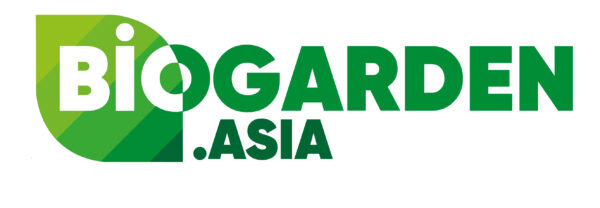No products in the cart.
NEWS
Harnessing Renewable Energy: A Sustainable Future for Farming

In today’s rapidly evolving world, the farming community is embracing renewable energy as a pathway to a sustainable and economically viable future. Renewable energy sources, such as solar, wind, and biofuels, offer numerous benefits to private farm operations and large-scale commercial agriculture. In this article, we will explore these renewable energy options and delve into how they positively impact the economics of the farming industry, along with possible funding opportunities.
One of the most accessible and widely adopted forms of renewable energy for farms is solar power. Farmers can significantly reduce their electricity bills by harnessing the sun’s energy. Solar panels installed on barns or open fields capture sunlight and convert it into usable electricity. This clean energy source not only helps to reduce the carbon footprint but also provides a long-term cost-saving solution.
Another renewable energy option gaining popularity in the farming community is wind energy. Farms situated in regions with consistent wind patterns can benefit from wind turbines. These tall structures with rotating blades capture the wind’s kinetic energy and convert it into electricity. On windy days, excess electricity can be stored in batteries or fed back into the power grid, allowing farmers to earn extra income.
Biofuels, such as biodiesel and ethanol, offer an environmentally friendly alternative to fossil fuels in the farming sector. Many farmers grow crops like corn, soybeans, or switchgrass, which can be converted into biofuels. By producing their own biofuels, farmers reduce their dependence on non-renewable resources and stabilize fuel costs.
Adopting renewable energy sources not only contributes to a greener environment but also has a positive impact on the economics of farming. By investing in solar panels, wind turbines, or biofuel production, farmers can decrease their reliance on expensive conventional energy sources. This, in turn, reduces operational costs, making the farming business more economically viable.
Large-scale commercial agriculture operations can also benefit from renewable energy. With vast land resources at their disposal, these farms have the potential to generate significant amounts of clean energy. By installing large solar arrays or wind farms, these operations can power their irrigation systems and processing facilities and sell excess electricity to the local power grid.
Renewable energy options provide a promising future for the farming community, promoting sustainability and economic growth. Solar power, wind energy, and biofuels offer environmentally friendly alternatives that reduce operational costs, increase energy independence, and contribute to a greener planet. By embracing these renewable energy options, the farming community can pave the way for a sustainable and prosperous agricultural sector for generations to come.
Agricultural producers can take advantage of several different programs and tax incentives to harness the power of renewable energy. Some programs and tax incentives can even be combined. At the federal level, the Inflation Reduction Act has bolstered the Rural Energy for America Program (REAP) by increasing program funding and grant eligibility to 50% of the costs. A producer can also combine a grant and loan through the program for funding up to 75%. The United States Department of Agriculture (USDA) also provides support through the Bioenergy Program for Advanced Biofuels, encouraging farmers to participate in sustainable biofuel production. The Investment Tax Credit (ITC) will also reduce the federal income tax liability for up to 30% of the costs of a solar system.
At the state level, the Department of Environmental Protection (DEP) has energy programs such as the Agriculture Energy Efficiency Rebate program and the Small Business Advantage Grant (SBAG). The Agriculture Energy Efficiency Rebate Program offers rebates to agricultural producers for energy-efficient projects. The SBAG partially reimburses small businesses to improve energy efficiency or reduce pollution. Producers may also qualify for the Environmental Quality Incentives Program (EQIP) On-Farm Energy Initiative through the Natural Resource Conservation Service (NRCS). Eligible producers must take part in a qualifying energy audit. Once completed, they may qualify for assistance to purchase and install equipment to improve energy efficiency.
We strongly suggest contacting the respective federal or state agencies before undertaking a project. Many projects have specific guidelines, including starting the paperwork before the project begins. Tax incentives should also be discussed with your tax advisor and installer to be sure the project qualifies.



